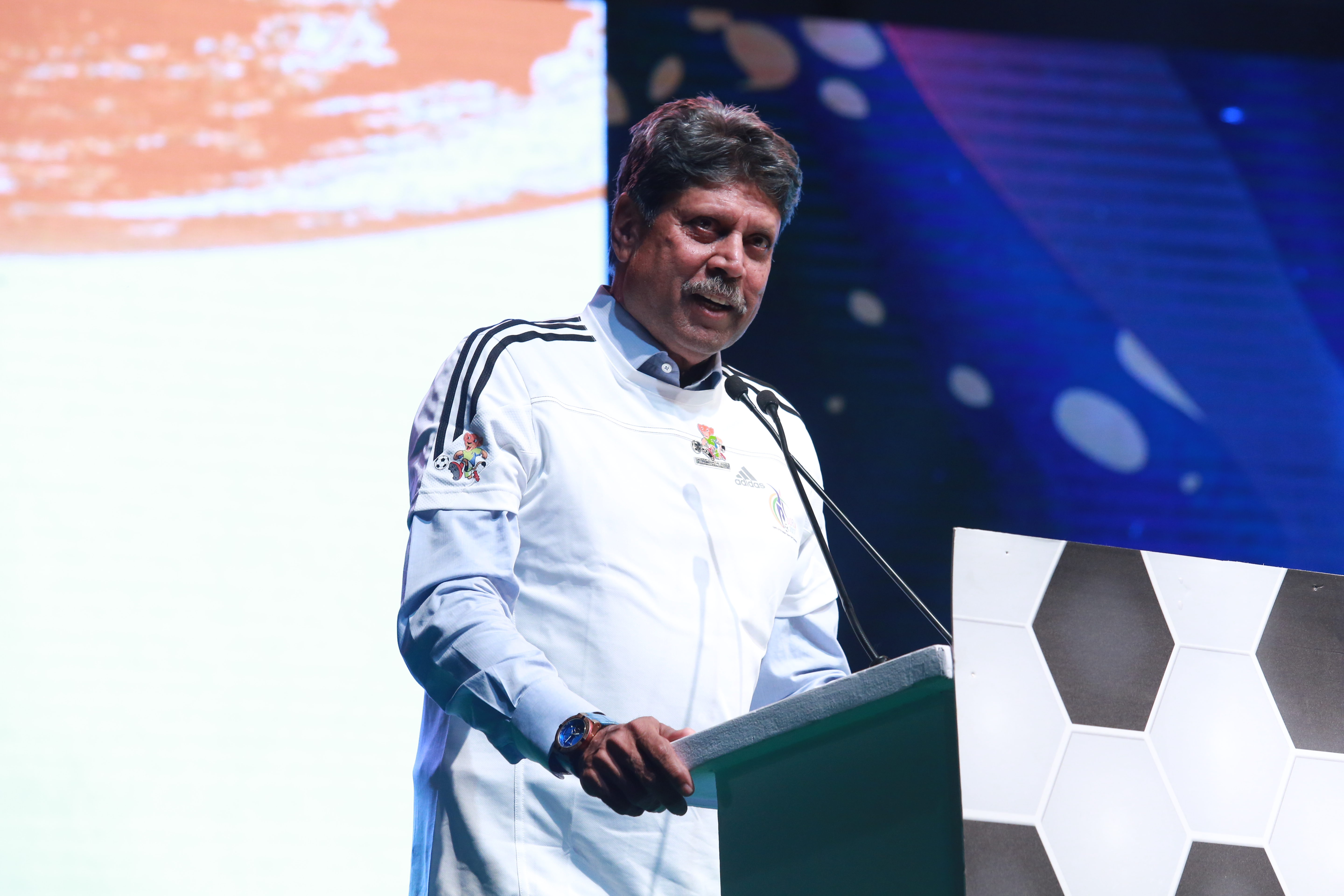Why Sunil Gavaskar and Kapil Dev deserve the same stature in Indian cricket

As someone, who has always been fascinated by the deep intrigues of Indian Cricket and the rich legacy of the finest in the business, it was only natural that I hold Kapil Dev and Sunil Gavaskar in extremely high regard.
The numbers Gavaskar, with his technical purity and his impeccable powers of concentration, accumulated over his 17-year international career was nothing short of immense and his range of stroke-play with a solid defense have left such an indelible mark in the annals of the game that he still remains one of the greatest openers of all time. He came in at a time when the team didn’t have enough resilience and his arrival on the scene brought a gaiety to the line-up that was one of the weakest against quality pacers. With due respect to Vijay Merchant, Vijay Hazare, Vinoo Mankad, and Polly Umrigar, Gavaskar was the first top-class Indian batsman to have relentlessly sustained run-scoring excellence and did so at a time when the world cricket had been blessed with fast bowlers with the likes of Andy Roberts, Michael Holding, Colin Croft, Joel Garner, Dennis Lillee, Jeff Thomson, Rodney Hogg, Bob Willis, Ian Botham, Imran Khan, and Sarfraz Nawaz.
In such a scenario, when saving one's own life was actually a better option for an opener than scoring a Test century, Gavaskar stood tall and started to score runs to prove that an Indian batsman could be the best in his profession - an ideology that was outside the thinking sphere. Gavaskar became batting’s classical sculptor and provided self-esteem to a perennially-muddled team. And beneath his surface urbanity, he rose to the consciousness to be THE MAN in the team and received the sobriquet of Little Master.
Four years to Gavaskar’s emphatic West Indies tour in 1971, in which he scored a colossal 774 runs in four matches, a tally that remains a record for the most prolific series by a batsman on debut, Kapil Dev made his international debut. Fierce, competitive, yet calm and with his small-town upbringing, Kapil strode out in Faisalabad to usher in a new era in Indian cricket. When the slow-bowling wiles of Bedi, Chandra and Prasanna ruled the roost in Indian cricket and became the most fearsome spin bowlers in the world, Kapil brought a breath of fresh air and upset cricket's prior balances of power.
Ramachandra Guha, in his book Spin and Other Turns, describes Kapil’s debut Test, when his bouncer went past the pentangle on Sadiq Muhammad's cap, as one that made the world realize that India had finally found its answer to Australian and Caribbean pacers. "Very likely the fastest delivery from an Indian bowler since independence", but as Guha noted, "It is a wonder there was one at the ground at all". Soon after when Windies made their visit to India, they dished out bumpers like the way they could only do, for the first time, they received as much as they gave. The moment forced historian Mihir Bose to call it as a hinge point in Indian cricket history.

With those performances, Kapil, steadily but not slowly, changed Indian fans outlook towards the game along with the team’s internal dynamics. While Gavaskar, with his Bombay swag, found a place in every Indian’s mind, Kapil provided a new source of self-definition. While Gavaskar, for all his majesty, could never rival Viv Richards’ aura as a batsman, Kapil, despite playing at a time dominated by world-class bowlers, held his own. 217 of his 434 Test wickets came on the hit and dust of Indian pitches that were tailormade for the spinners to shine. While Botham and Imran remained excellent exponents of terrific swing bowing, Kapil rose to the world’s consciousness to prove the line, “There
And after dethroning Gavaskar as the skipper of the Indian team, Kapil led the country with the spirit of a lion and with a chutzpah, very few cricketers had experienced. Naturally shy, Kapil provided an image of a brave shoulder when on the field. Otherwise, who could say, “We have scored 183, they are yet to score” in the World Cup final despite knowing that the Caribbeans had Gordon Greenidge, Desmond Haynes, Sir Viv Richards, and Clive Lloyd in their ranks. His undying spirit saw him going back with the flight of the ball, and with a split-second glance over his shoulder, he collected the descending Viv Richards’ catch in his fingertips. Windies lost their hope and Madan Lal’s brilliance led India to what we call today the history.
Gavaskar’s style of batting was built around the proper textbook style of batting - save the off stump. He had the patience of a sage to leave alone anything outside the off-stump. He was sagacious enough to master the proper defense technique, but Kapil was side-on and a full force of gathering energy when releasing the ball. If one would pay to watch Gavaskar’s solid defense, Kapil’s grandeur as a leader changed the way Indians looked at the sport.
The same country that had none more than two victories in the World Cup - over East Africa, a team whom Kris Srikkanth described as nothing other than a bunch of Gujjus put together - embraced the game in a big way, which heralded a new dawn in world cricket. Many Sachin
Today, Sunil Gavaskar, in no uncertain terms, has been hailed as India’s greatest-ever opener - don’t misunderstand me, he totally deserves it - Kapil Dev’s aura has slightly been reduced due to his silent nature. But as we celebrate the legacy of India’s 1st World Cup victory today, it is to remember that what Kapil brought to the side and what his cricketing journey mattered to India. Gavaskar has been celebrated, but Kapil scores over the Little Master just by
